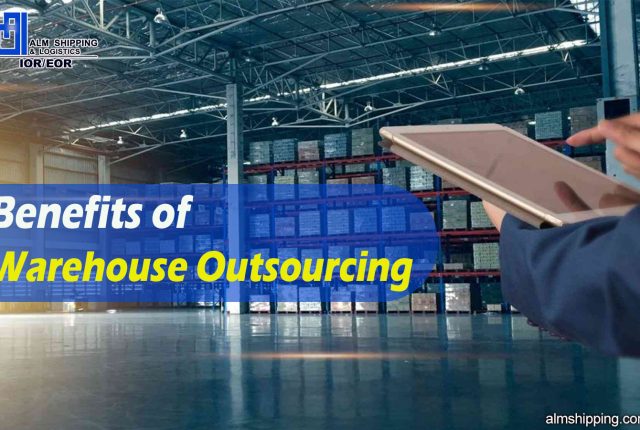
Top 5 Trends Defining the Future of Shipping and Logistics
In the current era of swift technology progress and evolving consumer preferences, the shipping and logistics sector is experiencing a paradigm transition. This crucial industry, which supports international trade, is undergoing a paradigm transition propelled by cutting-edge innovations. With the help of convincing data and practical examples, we explore the top five trends that are reshaping the shipping and logistics industry in this extensive blog.
Automation and Digital Transformation

Every aspect of the shipping and logistics sector is changing due to the development of digital technologies. Automation is increasing operational efficiency and decreasing human intervention thanks to AI and IoT. Automation in warehouses can boost production by as much as 50%, per a McKinsey analysis. For example, robots are used in Amazon fulfillment facilities to move product shelves, saving space and accelerating order fulfillment.
Eco-Friendly
As environmental awareness grows, the shipping and logistics industry is placing a greater emphasis on sustainability. By 2050, the International Maritime Organization (IMO) wants to see a minimum 50% decrease in greenhouse gas emissions from international shipping. Large maritime companies, such as Maersk, are putting money into hydrogen fuel cell and biofuel-powered ships. Notably, since 2007, DHL’s carbon emissions have decreased by 35% thanks to its “GoGreen” effort.
Innovative Last-Mile Delivery
The “last mile” problem is being aggressively addressed with creative solutions. Urban distribution could be revolutionized by delivery drones, like the ones UPS and Wing are testing, which can reduce traffic and increase speed. Indeed, according to a PwC analysis, by 2023 drone deliveries may make up 20% of all last-mile deliveries. Furthermore, Amazon’s purchase of electric delivery trucks demonstrates its dedication to environmentally friendly last-mile deliveries.
Supply Chain
Contemporary buyers expect accountability and transparency from the items they buy. With blockchain technology, authenticity and traceability are guaranteed all the way through the supply chain, potentially changing the game. Blockchain is used by IBM’s Food Trust technology to track the provenance and path of food products, minimizing foodborne illnesses and guaranteeing consumer safety. According to a recent poll, 94% of shippers stressed the value of end-to-end visibility, which is consistent with this trend.
Making Decisions Based on Data

Informed decision-making in the shipping and logistics sector is now mostly driven by data. Businesses can forecast demand trends, improve routes, and reduce downtime with the use of advanced analytics. A DHL survey states that 65% of businesses think data analytics will be essential to supply chain operations in the future. FedEx’s Sense Aware technology ensures the safe transit of valuable products by giving real-time visibility into shipments.
The Way Ahead
In the face of unfamiliar territory, the shipping and logistics sector is being guided toward a more efficient, sustainable, and customer-focused future by these five trends. Companies may achieve success in this changing context by valuing openness, embracing digital transformation, advocating sustainability, reinventing last-mile delivery, and utilizing data. The shipping and logistics industry will prosper and continue to influence future generations’ modes of delivery and transportation of goods by following this trend.







Leave a Reply